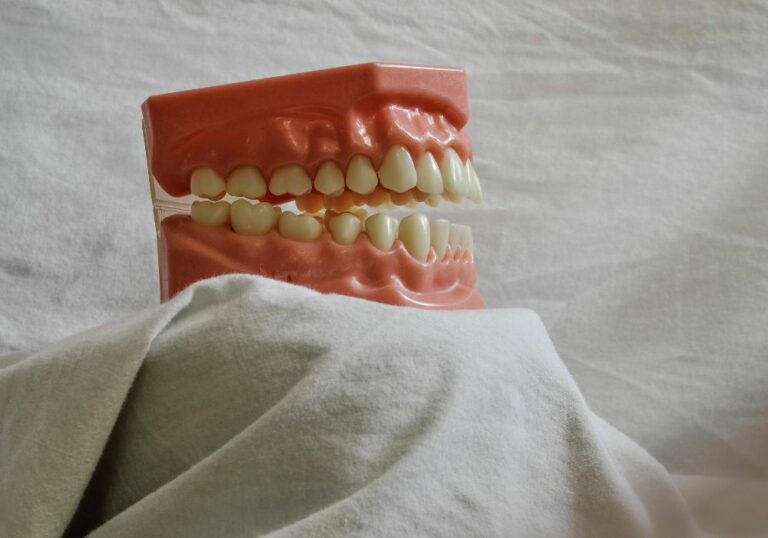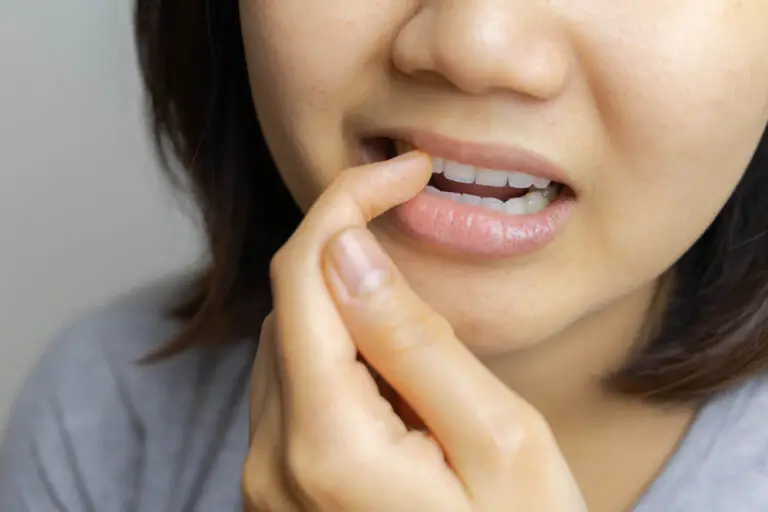Having a straight, properly aligned smile provides immense benefits for both oral health and appearance. However, crowded teeth are a common problem that affects over half of people. Teeth can become crooked, twisted, overlapped or misaligned due to insufficient space in the jaws. Crowding ranges from mild to severe, and while not typically dangerous, it can lead to oral health issues and aesthetic concerns. Understanding the causes of dental crowding along with the available treatment options allows those affected to make informed choices on achieving the smile they desire.
What Causes Teeth to Become Crowded?
A number of different factors can contribute to crowded, misaligned teeth, including:
- Jaw size and shape – One of the most common reasons teeth become crowded is due to the size and shape of the jaws. If the upper and/or lower jaws are too small or abnormally shaped, there may literally not be enough room to fit all of the teeth properly. Jaw size and shape are primarily determined by genetic and developmental influences.
- Tooth size – Some individuals may simply have teeth that are too large for the size of their jaw. Larger teeth take up more room and can lead to crowding issues, especially for the front incisors and canines.
- Lost permanent teeth – When permanent teeth are lost due to trauma, decay, or periodontal disease, the surrounding teeth can shift and tilt into the newly opened space. This shift can cause teeth to overlap or push against each other, worsening crowding.
- Impacted teeth – When permanent teeth become impacted under the gums or trapped in the bones of the jaw, it can prevent proper eruption of other permanent teeth. Common examples are impacted wisdom teeth or canines that never emerge fully. The unerupted impacted tooth continues to press on adjacent teeth from below the gums, displacing them from their correct position.
- Delayed loss of deciduous teeth – Deciduous (baby) teeth are meant to naturally exfoliate and fall out in a timely manner to allow the permanent teeth to take their place. If deciduous teeth are retained past the normal time, permanent teeth can erupt out of order or become overly crowded.
- Harmful oral habits – Habitual behaviors like thumb or finger sucking, nail biting, and using pacifiers or lip bumpers long-term can apply excessive pressure against the teeth. This constant force can push teeth out of alignment and create crowding.
- Breathing issues – Chronic mouth breathing due to nasal congestion or obstructions like enlarged adenoids and tonsils can restrict proper jaw and facial growth, resulting in inadequate space for full dental alignment.
- Premature orthodontic treatment – In some cases, allowing or placing orthodontic appliances too early such as prematurely extracting deciduous teeth or using spacers can cause crowding later on as a teen or adult. Proper timing of orthodontic treatment is essential.
Signs and Symptoms Associated with Crowded Teeth
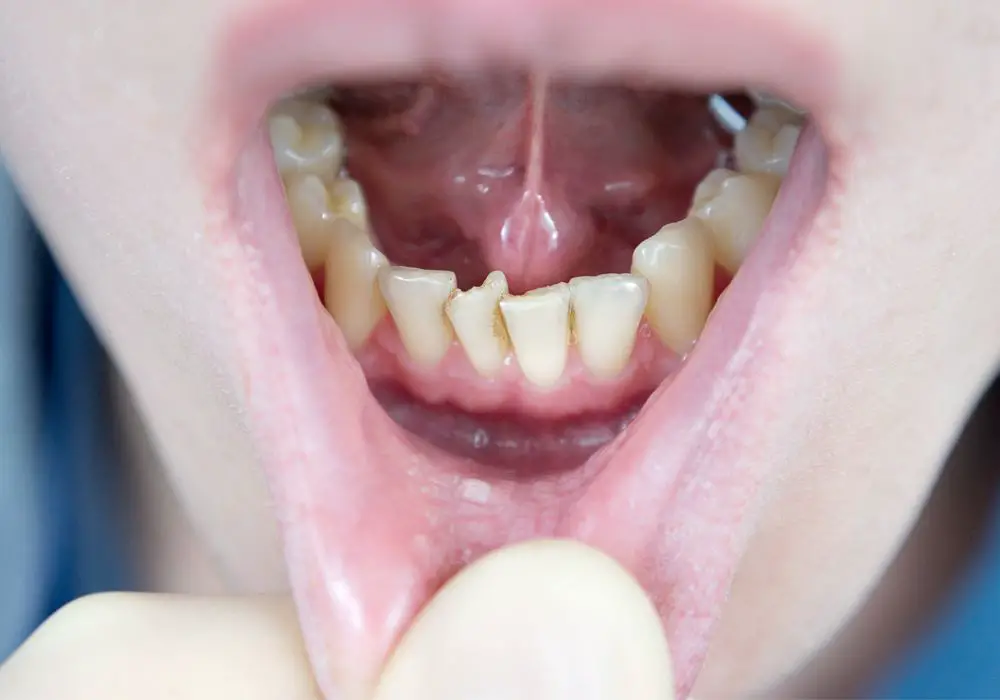
The most obvious sign of dental crowding is teeth that visibly appear crooked, overlapped, twisted, or misshapen. More specific symptoms can include:
- Teeth that bulge out or appear pushed in and difficult to clean behind
- Chipped, cracked, or uneven wear on the biting and chewing surfaces due to misalignment
- Gaps and uneven spacing between certain teeth
- Halitosis (bad breath) from increased plaque accumulation in tight spaces
- Difficulty fully cleaning between tightly crowded teeth
- Damage, redness or irritation to the soft tissues of the cheek and gums from atypical edges
- Speech impairments or whistling sounds when talking
- Jaw pain, popping, or tension headaches
- Problems with biting, chewing or occluding due to misaligned jaws
- Tooth fracture or breakage due to uneven distribution of biting forces
While mildly crowded teeth may not be too obvious, moderate-severe crowding is quite apparent upon visual inspection of the smile. Many malocclusions associated with crowded teeth can also be detected from dental exams, x-rays, photos, impressions or scans. In most cases, crowding develops gradually over time as the permanent teeth erupt, though it can also occur suddenly after premature loss of deciduous teeth or orthodontic treatment.
The Effects of Crowded Teeth on Oral Health and Appearance
Although rarely posing serious health risks, having crowded teeth can negatively impact both oral health and aesthetics:
Effects on Oral Health
- Increased tooth decay – Crowded teeth have less space in between for cleaning and tend to trap more food particles against the enamel. This encourages greater plaque accumulation and a higher decay risk, especially along the gums and between teeth.
- Gum disease – With crowded teeth, it is much harder to thoroughly clean along the gumlines. Poor cleaning allows bacteria to inflame the gums, potentially causing periodontitis and receding gums. This can lead to loose teeth over time.
- Chipping and cracking – The misaligned biting surfaces of crowded teeth distribute forces unevenly. This makes the enamel more prone to fracturing and breaking over time.
- Speech difficulties – Certain speech sounds that require contact between teeth can be more difficult to articulate clearly with crowded teeth. Issues may include lisping on S sounds or whistling on F sounds.
- Chewing and biting problems – When teeth are severely crowded, it affects how the upper and lower arches fit together. This can make biting and chewing solid foods more challenging and inefficient.
Effects on Facial and Smile Aesthetics
- Crooked crowded smile – Teeth that are visibly overlapped, twisted, or sticking out can significantly detract from an attractive smile. Even mild crowding is noticeable.
- Tooth staining – With teeth jammed more closely together, stains from foods, drinks, and smoking build up more readily and are harder to fully remove.
- Asymmetry – Misaligned crowded teeth often distribute unevenly on the arches. The gaps, angles, and tooth positions will look noticeably unbalanced.
- Facial profile – In severe cases, crowded crooked teeth can impact the symmetry and proportions of the jaw and face.
- Self-esteem – Some individuals feel very self-conscious about the appearance of their crowded teeth, especially for major social occasions like weddings or graduations.
The good news is that modern orthodontic treatments can successfully and predictably straighten and align crowded teeth for substantial health and cosmetic improvements. There are several options to choose from depending on age, budget, desired results, and commitment level.
Common Orthodontic Treatment Options for Crowded Teeth
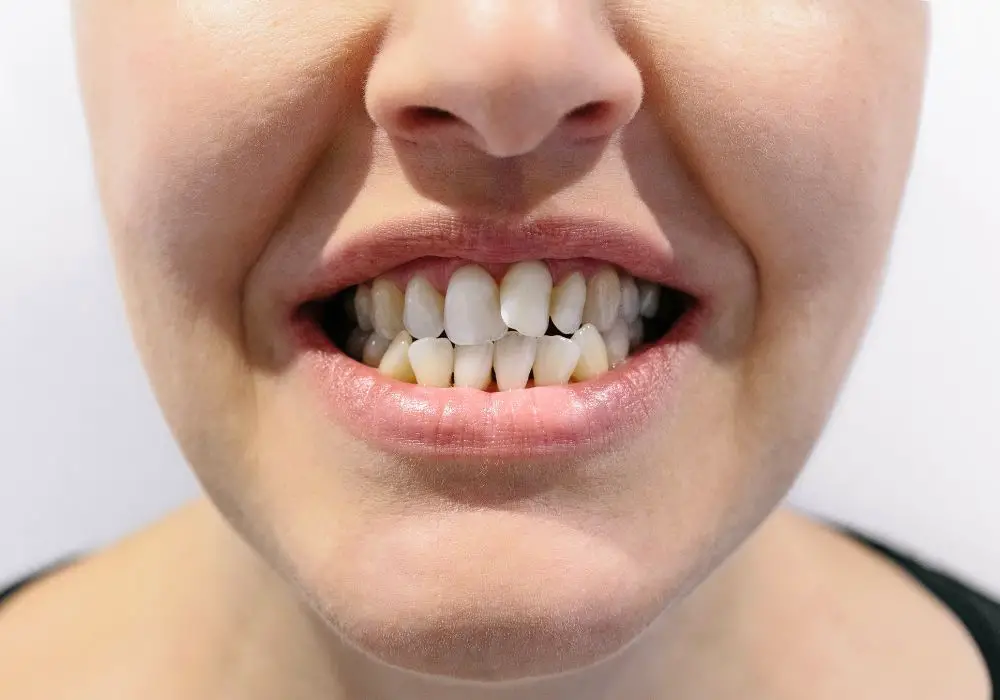
Orthodontists have a range of methods and appliances to increase dental arch width and create adequate room for properly positioning crowded teeth. Some of the most common choices include:
1. Traditional Braces
Metal dental braces remain the standard treatment for realigning moderate-severe crowded teeth. With braces, custom fitted brackets are bonded to the front surface of each tooth, and an archwire runs through the brackets to connect them. The orthodontist will adjust the archwire approximately once monthly, allowing it to gradually apply light forces on the teeth to shift and straighten them over time.
Advantages of traditional braces for correcting crowding include:
- Highly effective for wide range of crowding issues from mild to severe
- Fully customizable forces based on an individualized treatment plan
- Enables precise control over the direction of tooth movements
- Produces very consistent, predictable straightening results
- Simultaneously corrects other issues like overbites and crossbites
- Improved aesthetic options like colored or transparent ceramic brackets
On average, crowded teeth can be successfully straightened with braces over 12-24 months. More severe cases or supplemental treatments generally extend the timeline. Excellent oral hygiene is critical during orthodontic treatment to prevent decay and gum disease since braces can accumulate more plaque. There may also be some periodic discomfort from the teeth shifting positions and pressure on the jaw joints.
2. Clear Dental Aligners
Clear plastic aligner trays like Invisalign have surged in popularity for realigning mildly-moderately crowded teeth. The trays are custom produced in a series, each incrementally moving the teeth further into alignment. Aligners must be worn 20+ hours per day and changed to a new tray every 1-2 weeks.
Benefits of clear aligners include:
- Removable for easy cleaning and eating
- More discreet on teeth for many social settings
- No dietary restrictions like with braces
- No metal brackets or wires that could irritate the oral tissues
- Shorter average treatment times of around 12 months
- Smooth plastic is comfortable and injury-resistant
Clear aligners have a higher upfront cost than braces but eliminate recurring adjustment fees. They require excellent compliance and responsibility from patients. Treatment results may not be as precise or require refinement with braces for more difficult cases.
3. Lingual Braces
Lingual braces are mounted on the inner surfaces of the teeth, making them completely invisible from the front when talking and smiling. The brackets are bonded to the backs of the teeth, and the archwire runs along the interior lingual side.
Advantages of using lingual braces for crowded teeth include:
- A completely unseen and discreet straightening process
- No interference with speech or eating
- Ability to provide similar precise control as traditional labial braces
The drawbacks of lingual braces are that they are very technique-sensitive to place properly. The archwires are also harder for orthodontists to access and adjust. Patients often report more discomfort, especially early on as the tongue adjusts to the appliances on the insides of the teeth. Overall treatment times are comparable to regular braces.
4. Tooth Removal for Crowding
In some situations, extracting one or more permanent teeth can help create the needed space to allow alignment of the remaining crowded teeth. This is a quicker and cheaper option than braces or aligners alone, but has several disadvantages:
- Permanently removes healthy teeth, especially premolars
- Can change the shape of the smile and facial profile due to less teeth
- May still require some orthodontic treatment afterward
- Allows the chance for teeth to gradually shift back into a crowded position later on
Extracting teeth is now limited mostly to relieving mild-moderate crowding in adults. However, removing premolars to make room is still sometimes necessary along with braces for teens with severe overcrowding issues.
5. Dental Arch Expansion Techniques
Rather than extracting teeth, some crowded cases can be resolved by expanding the width of the upper and/or lower arches. This can create the additional space needed for properly aligning the teeth. Two common methods are:
- Palatal Expanders – Appliances cemented to the upper back teeth that gradually apply outwards force against the palate. This orthopedically widens the roof of the mouth over time.
- Archwires with expansion springs – Special orthodontic wires designed with springs or jackscrews to gently push apart the back teeth. Less invasive than palatal expansion.
Expanding dental arches in growing children/teens adds arch length and allows for alignment without extractions or other permanent tooth size reductions. However, relapse is still possible after expansion, so diligent retainer wear is crucial following treatment.
Key Factors in Selecting Crowded Teeth Treatment
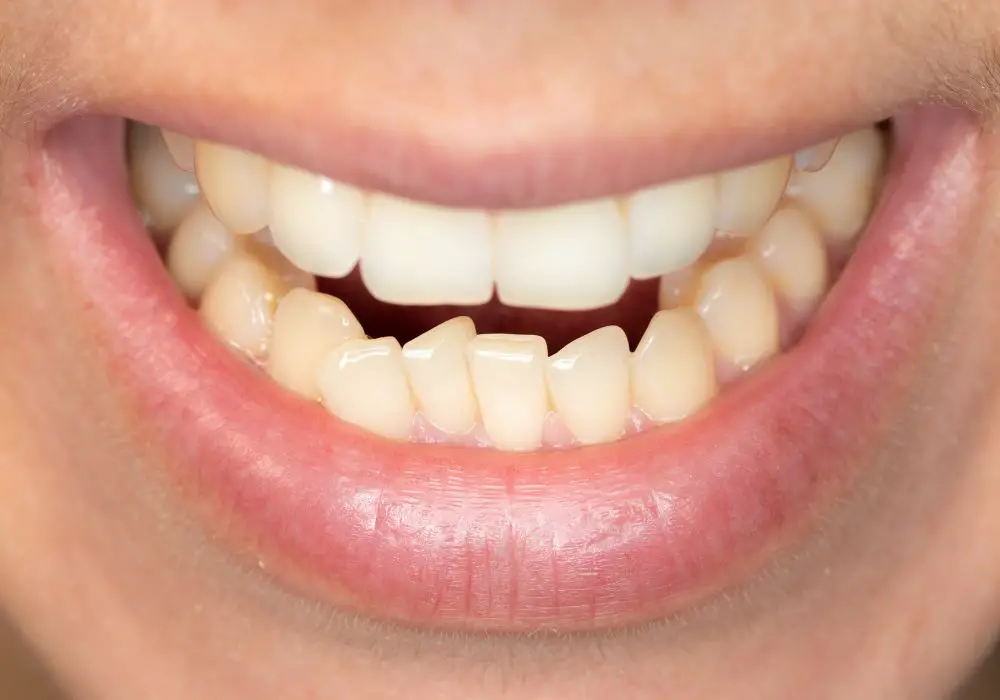
Choosing the ideal treatment option depends on several criteria:
- Severity of crowding – Milder cases allow for more treatment choices, while severe crowding often necessitates braces with or without extractions.
- Age of patient – Teens and pre-teens still undergoing jaw growth can correct crowding more easily and benefit more from braces. Adults over 20 usually prefer clear aligners or lingual braces.
- Oral habits – If ongoing habits like thumb sucking or nail biting contribute to the crowding, braces are better for stopping the behavior.
- Speed desired – Traditional braces are the fastest way to align crowded teeth. Clear aligners are quicker than in the past but can’t produce the same degree of precision and control.
- Compliance – Aligner treatment demands responsible daily wear by patients. Braces rely more on orthodontist oversight.
- Budget and cost – Clear aligners often cost more upfront but usually less overall since they have fewer recurring fees.
- Existing oral health – Braces can fix other issues at the same time as crowding. More limited with aligner therapy.
- Lifestyle – Aligners allow for more flexible dietary and activity choices. Braces impose some restrictions.
A comprehensive orthodontic evaluation including x-rays, photos, dental impressions, and a computerized treatment simulation helps diagnose the specific causes of crowding. This data allows the ideal treatment plan to be developed considering ideal mechanics, duration, retention needs, and supplementary procedures if necessary.
While crowded teeth can often be corrected to an aligned position within 12-24 months, total treatment times vary based on the methods chosen and how severe the initial crowding is. Maintaining results also requires diligent long-term retainer wear after braces or aligners are complete.
Addressing Crowded Teeth Based on Age
Successfully treating dental crowding often centers around properly timed intervention tailored to the stage of craniofacial and dental development:
Children and Adolescents
Early mixed dentition (ages 6-9 years):
- Monitor eruption patterns and intervening early if excessive crowding appears likely
- Use appliances to correct harmful oral habits contributing to crowding like thumb-sucking
- Place fixed or removable spacers to hold room for unerupted permanent teeth
Late mixed dentition (ages 10-12 years):
- Initiate braces to expand upper and lower arches before all permanent teeth finish erupting
Early permanent dentition (ages 12-15 years):
- Use braces with or without extractions to relieve moderate-severe crowding before growth slows
Late permanent dentition (ages 16-19 years):
- Finish cases with extraction and braces or camouflage cosmetic bonding where growth is nearly complete
Adults
Early adulthood (ages 20-29 years):
- Clear aligners or lingual braces are preferable for mild-moderate crowding
- Porcelain veneers can mask residual spacing in finished cases
Later adulthood (ages 30+ years):
- Combine orthodontics, sometimes with extractions, for severe crowding
- Utilize restorative solutions like dental implants to replace extracted crowded teeth
When caught early, crowding can often be reduced during childhood using more simplified orthodontic guidance of jaw growth rather than extensive correction later on. But improvement in alignment is still very attainable for adults of any age who are bothered by the appearance of crowded crooked teeth.
Long-Term Effects of Correcting Crowded Teeth
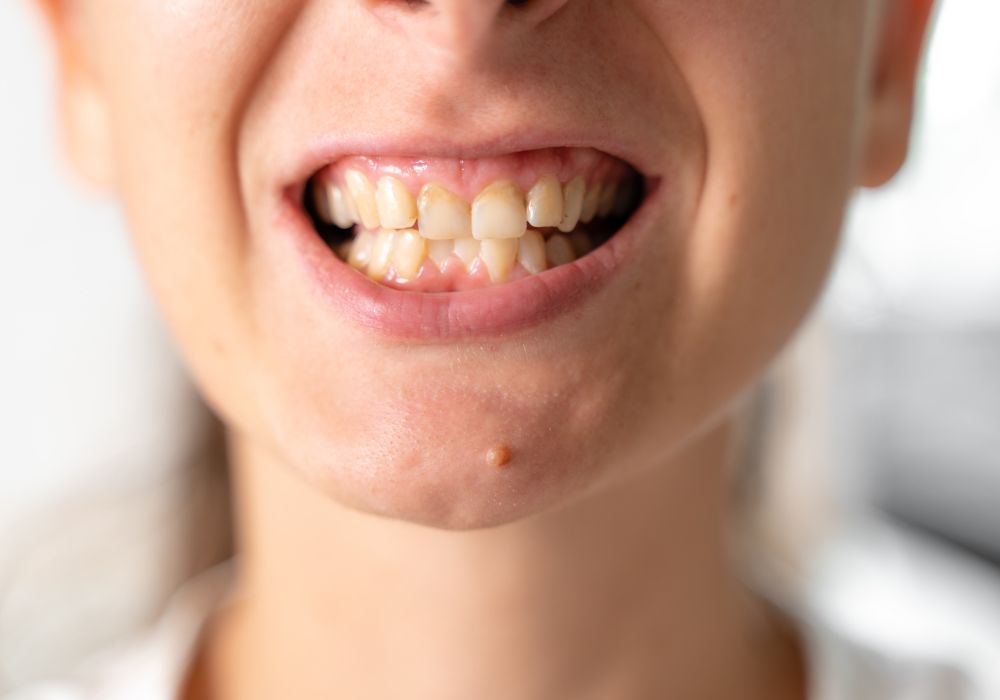
Successfully relieving dental crowding and achieving proper upright alignment offers lifelong benefits:
- An improved straightened, properly aligned smile
- Reduced plaque retention and easier access for oral hygiene
- Lowered risk of cavities, gum disease, tooth fractures, and wear issues
- Better dental functionality when chewing and speaking
- Increased facial balance and smile aesthetics
- Enhanced self-confidence in their smile appearance
- Ability to maintain long-term results with ongoing retainer wear
Realistic considerations to keep in mind are:
- Most orthodontic treatment is an extended process requiring commitment of 12-24 months
- Excellent oral hygiene must be maintained meticulously during treatment
- Teeth can quickly relapse back toward crowding if retainers are not worn as directed
Using retainers or other retention methods as prescribed along with practicing consistent oral home care helps sustain properly aligned teeth and a healthy smile over a lifetime. Regular dental checkups and x-rays also allow early detection and intervention for any orthodontic changes before recrowding can occur.
Conclusion
The majority of people have at least some degree of dental crowding due to the natural mismatch between tooth and jaw sizes. While normally not dangerous, crowded teeth can negatively influence both oral health and smile appearance. The good news is orthodontics offers several effective treatment options to align crowded teeth, including braces, clear aligners, tooth removal, and arch expansion. With appropriately timed intervention based on growth stage along with committed retention methods, the benefits of well-aligned teeth can be maintained long-term. This provides a lifetime of confidence with a vibrant smile.
FAQ
Q: At what age is it too late to fix crowded teeth?
A: It is rarely too late to correct crowded teeth! As long as your gums and jaw bones remain healthy, options like clear aligners or ceramic braces can safely and effectively straighten crowded teeth even into adult ages over 50. More intensive treatments such as extraction along with braces may be required for severe crowding cases. But with dedication, significant improvement in alignment is certainly achievable at any age.
Q: Can retainers alone fix mild-moderate crowding?
A: Retainers by themselves are rarely adequate to completely resolve dental crowding. While they can hold teeth in their existing crooked positions, clear plastic retainers do not produce enough steady force to physically move teeth into better alignment. Only minor crowding may be camouflaged through slight cosmetic positioning with retainers. True correction of crowded teeth, even mild-moderate cases, requires fixed orthodontic appliances like braces or clear aligner trays that are regularly changed to gradually shift teeth.
Q: Is it possible to prevent crowded teeth from developing?
A: Genetics play a major role in crowding, but some proactive approaches can reduce the chances of crowded teeth occurring: monitoring early jaw and facial growth for overcrowding risk, correcting any negative oral habits like thumb-sucking, using space maintainers to hold room for unerupted teeth, and regular dental visits starting by 12-18 months of age. These steps allow early detection and can permit interceptive orthodontic guidance if crowding appears likely. However, moderate-severe crowding may be unavoidable due to inheriting jaw sizes too small for the teeth.
Q: How painful is it to fix crowded teeth as an adult?
A: Correcting crowded teeth in adults is far less painful than in decades past. Modern adult orthodontic methods like clear aligners are fully removable and shift teeth slowly with light constant pressure. Lingual and ceramic braces minimize tissue irritation compared to old metal braces.




